Pottery of shining black mud in San Bartolo Coyotepec
COYOTEPEC comes from the náhuatl and it means cerro de Coyotes (Coyote hill). It is one of the villages in Oaxaca state in Mexico famous for its barro negro – black mud.
The inhabitants of the whole village dedicate their lives to make the statues, figures but mostly jars and others containers. I visited two alfarerías where they make them and was explained the technique in both theory and practice.
Usually, mud contains sand but the one they use (la arcilla – clay), does not contain it. This kind of mud is said to exist only in that area in Oaxaca and then in New Mexico, but nowhere else in the world. Among all the minerals la arcilla contains there is magnesium as well.
Everything is made manually, formed with the right hand and move round with the left one. Once it is ready, it needs to get dry, but never at the Sun, in the shadow though for 20 – 30 days. Then it is put for 10 hours into the oven which must be covered with mud mixed with water and dust.
Here you will find ceramics of shining black colour. The technique was found in the 1950s by Doña Rosa in Coyotepec, sometimes said it was by accident because according to the legend, she opened the oven before the time she should and the ceramics was shining. Doña Rosa died in 1980 but when she still used to live, the Mexican singer Luis Miguel and Rockefeller visited her place to learn the technique of the black mud. There are the photos they took with Doña Rosa still on the wall, together with many other famous visitors.
Nowadays, the technique of the shining black mud is used very often, they have to shine the ceramics up with a stone and then put into the oven for a certain time. However, these ceramics canNOT be used with water, it would break. It is just for decoration. Only the ceramics of barro gris opaco (grey clay) can be filled up with water.
Many times there is a huge possibility to find pottery which is supposed to be made of black mud but it is not. They are mostly sold outside Coyotepec and made of the mud that contains sand and then coloured to shine, so not original black mud. A crack can appear and if you see something white from the inside, it means the ceramics is fake and not made of black mud.
In the present, black mud pottery and figures are very economic unless they are greatly elaborated when the prices come higher a bit. You should definitely visit one of the black mud pottery makers when you are somewhere close to Oaxaca.
My trip to Coyotepec was a pres trip organized by the travel agency Oaxaca Místico and done by the funniest and the most charming tourist guide ever, Víctor. However, all the opinions in the post are honest and just mine.
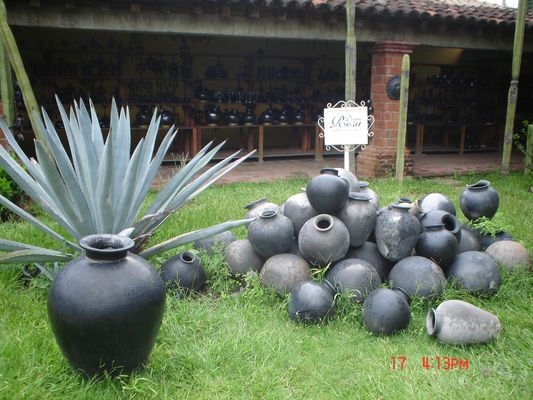
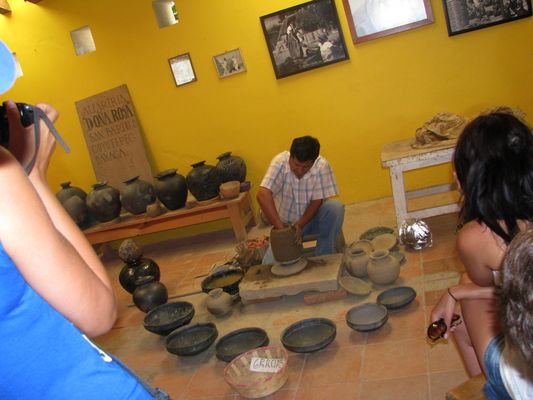
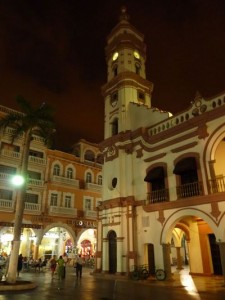
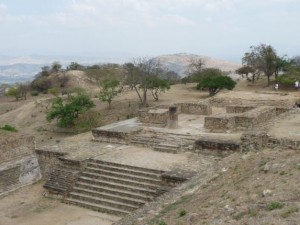


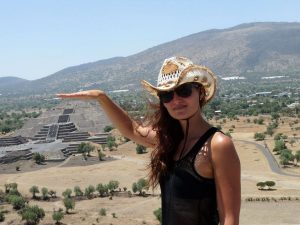

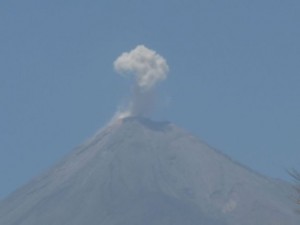


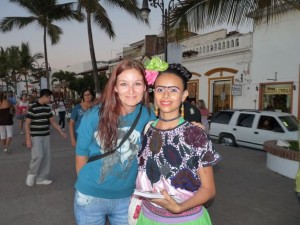
Travellyn
| #
I was fascinated to read about the black pottery at Coyotepec and the process to make them.I made pottery for 30 years and am now retired. Mostly I did production pottery, but tried my hand at the black burnished pots with a pit firing. It would be great to see the people of Coyotepec making these lovely pots in a traditional way. The artwork of the Huichol Indians is also beautiful work. thanks for visiting my blog. Lyn
crazy sexy fun traveler
| #
30 years? My god! You must be good at it, right?
I was fascinated by the black mud pottery as well, it looked so easy when Coyotepec people were making it, but it just looked like! It’s hell of a work!